Embarking on an international trekking adventure brings the promise of breathtaking landscapes, cultural discoveries, and unforgettable experiences. However, remote wilderness areas can present unexpected challenges – from sudden altitude sickness on a Himalayan trail to a sprained ankle in the Patagonian backcountry. International trekking insurance serves as your crucial safety net when you’re far from home medical facilities. This comprehensive guide will walk you through everything you need to know about protecting yourself financially and medically while pursuing your passion for global trekking adventures – from understanding basic coverage options to making smart choices based on your specific expedition needs.
Understanding the Basics of Trekking Insurance
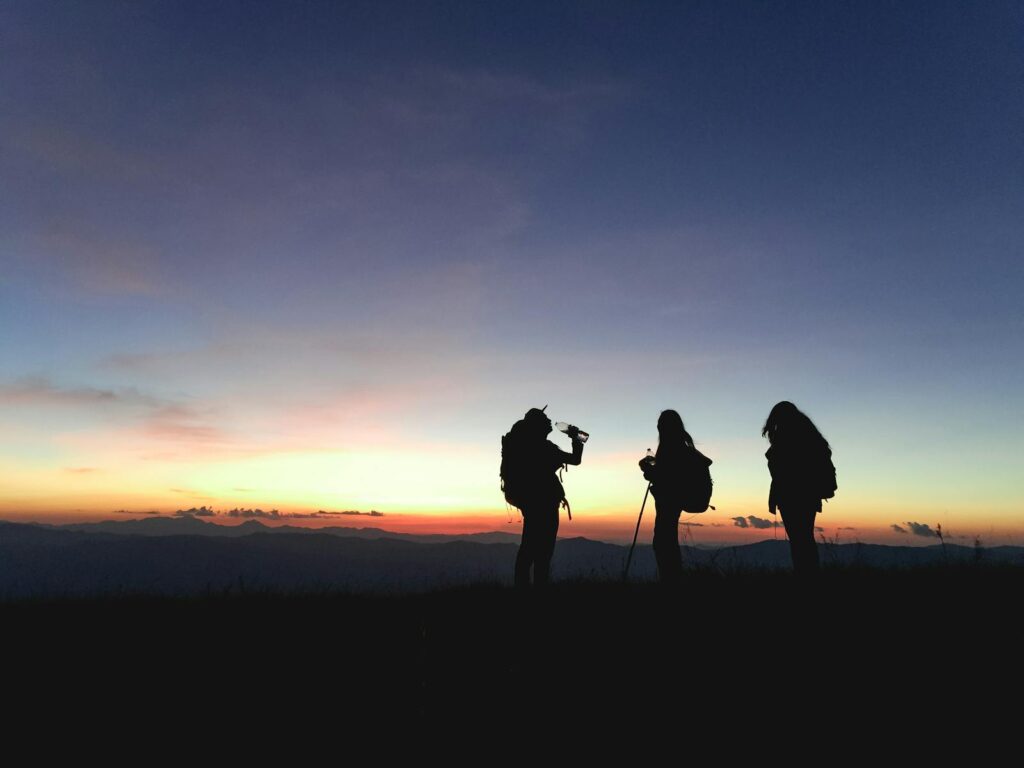
Trekking insurance is a specialized form of travel insurance designed specifically for adventurers who plan to engage in hiking, mountaineering, and similar outdoor activities in foreign countries. Unlike standard travel insurance, proper trekking coverage extends protection to higher altitudes, remote locations, and activities that regular policies often exclude as “high-risk.” These policies typically encompass emergency medical treatment, evacuation services, trip cancellation protection, and coverage for lost or damaged equipment. The fundamental purpose is to prevent trekkers from facing catastrophic financial burdens should an emergency occur in a remote location where rescue operations and medical care can quickly escalate into tens of thousands of dollars.
Why Regular Travel Insurance Isn’t Sufficient

Many travelers make the dangerous assumption that their standard travel insurance policy will adequately cover trekking activities, only to discover the devastating truth when it’s too late. Standard travel policies typically contain altitude restrictions (often capping coverage at 2,000-3,000 meters), explicitly exclude adventure activities, and offer insufficient evacuation coverage for truly remote locations. The fine print in regular policies frequently lists trekking, mountaineering, and hiking beyond marked trails as excluded activities, rendering your coverage void precisely when you might need it most.
Additionally, emergency evacuation coverage limits on standard policies rarely account for the extreme costs associated with helicopter rescues from isolated mountain regions, which can easily exceed $20,000 in locations like Nepal or the Andes.
Essential Coverage Components for Trekkers

When evaluating trekking insurance options, several critical coverage components should form the foundation of your policy. Emergency medical coverage should provide at least $100,000 in benefits, including treatment for altitude-related illnesses, injuries from falls, and unexpected medical emergencies. Emergency evacuation coverage requires even higher limits – ideally $500,000 or more – to account for potential helicopter rescues or specialized transport from remote regions. Search and rescue benefits are equally crucial, as these operations can be extraordinarily expensive and are rarely covered by standard policies.
Additional essential components include repatriation coverage (returning your body home in worst-case scenarios), trip cancellation/interruption protection, and coverage for your expensive trekking gear and equipment.
Altitude Considerations and Limitations
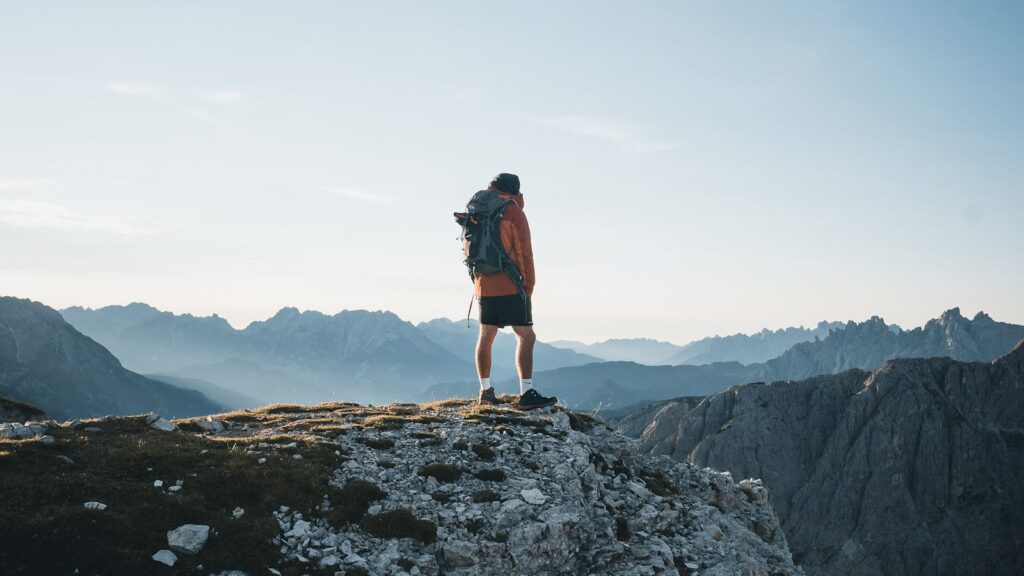
Altitude restrictions represent one of the most significant limitations in trekking insurance policies, requiring careful attention before purchasing coverage. Many policies establish strict altitude ceilings – typically ranging from 4,000 to 6,000 meters – beyond which all coverage becomes void, regardless of the circumstances. This becomes particularly problematic for treks to popular high-altitude destinations like Everest Base Camp (5,364m), Mount Kilimanjaro (5,895m), or Andean peaks. Some insurers offer tiered coverage options with premium increases corresponding to higher altitude limits, while others specialize in unlimited altitude coverage for serious mountaineers.
Always verify the exact altitude ceiling in writing before purchasing a policy, especially if your itinerary includes high mountain passes or peaks.
Regional Considerations for Different Trekking Destinations

Insurance requirements and considerations vary dramatically depending on your trekking destination, making regional research essential before purchasing coverage. Nepal, for instance, has implemented mandatory trekking insurance requirements following costly helicopter rescue scams, with minimum coverage thresholds for medical expenses and evacuation costs. Similarly, trekking in European Alps often benefits from proximity to the excellent Alpine rescue infrastructure, though costs can still be substantial for non-EU citizens without proper coverage.
Remote trekking in regions like Patagonia, Central Asia, or Africa’s mountain ranges introduces additional complexities regarding evacuation logistics and local medical capabilities. Some countries also require proof of adequate travel insurance as a condition of entry, making destination-specific research a critical step in your preparation process.
Understanding Emergency Evacuation Coverage
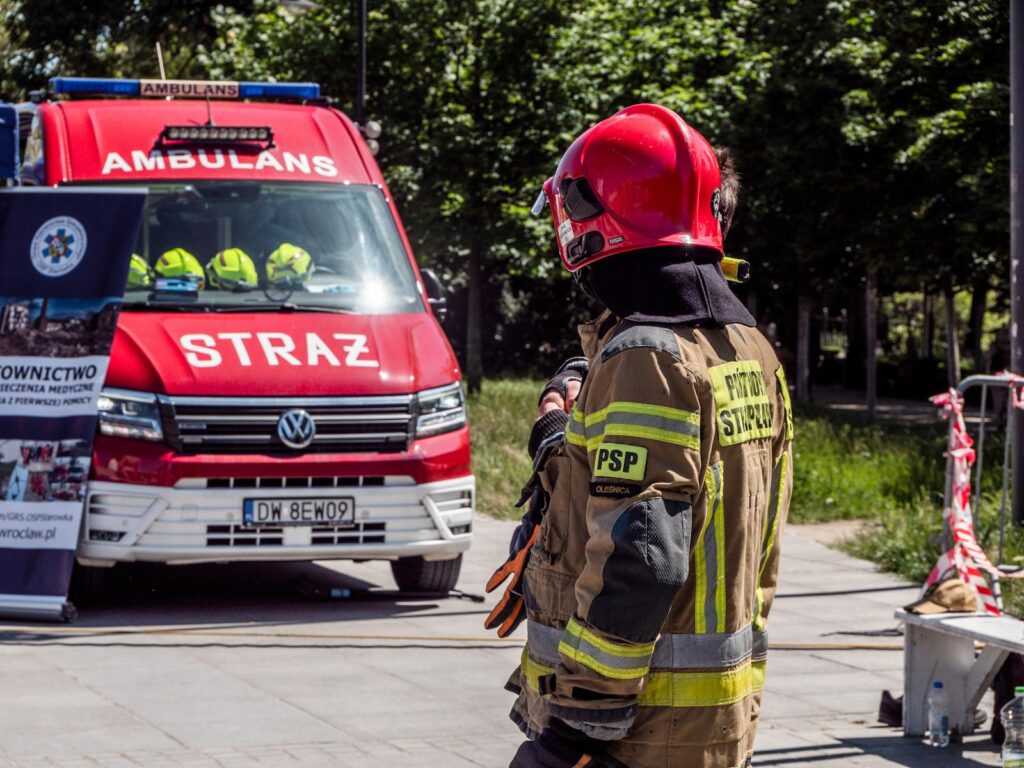
Emergency evacuation coverage represents perhaps the most crucial element of trekking insurance, yet it’s often the least understood by adventurers. This coverage specifically addresses the costs of transporting you from a remote location to appropriate medical facilities when you’re injured or seriously ill. In mountainous trekking destinations, evacuations frequently require helicopters, specialized mountain rescue teams, and multiple transportation phases – potentially starting with porters carrying you to a helicopter landing zone, followed by air transport to a local clinic, and eventually medical evacuation to an international-standard hospital.
Quality evacuation coverage should explicitly state that decisions will be made based on medical necessity rather than cost considerations. Additionally, the policy should cover the full evacuation chain without imposing intermediate caps that could leave you stranded halfway to adequate care.
Pre-Existing Conditions and Disclosure Requirements

Trekkers with pre-existing medical conditions face additional insurance challenges that require careful navigation and absolute transparency. Insurance providers typically define pre-existing conditions as any medical issue for which you’ve sought treatment, taken medication, or experienced symptoms within a specified lookback period (commonly 60-180 days before purchasing the policy). Failing to disclose relevant conditions – even if you believe them irrelevant to trekking – can result in complete coverage denial during an emergency. Some specialized trekking insurers offer pre-existing condition waivers if you purchase coverage within 14-21 days of making your initial trip deposit, providing crucial protection for trekkers with managed health conditions.
For those with serious pre-existing conditions like heart issues or respiratory problems, written medical clearance from a physician may be required to validate your coverage.
Reading the Fine Print: Exclusions and Limitations

The exclusions section of any trekking insurance policy demands your closest attention, as these clauses outline the precise scenarios where your apparently comprehensive coverage becomes worthless. Common exclusions include trekking without proper guides in regions requiring them, engaging in technical climbing without declaring it, exceeding altitude limits even temporarily, and trekking against government advisories or in restricted areas. Many policies also exclude coverage for injuries sustained while under the influence of alcohol or non-prescription drugs – a consideration for trekkers who might enjoy local beverages during teahouse stops.
Some insurers impose “reasonable precautions” clauses that can be subjectively interpreted to deny claims if they determine you acted recklessly. Additionally, watch for exclusions related to inadequate equipment or failing to heed guide warnings, as these can be used to deny otherwise valid claims.
Cost Factors and Premium Considerations

Trekking insurance premiums vary widely based on several key factors that savvy adventurers should understand before making purchasing decisions. Age represents the most significant cost factor, with premiums increasing substantially for trekkers over 60 and sometimes becoming prohibitively expensive beyond 70. Trip duration directly impacts cost, though some annual policies offer better value for multiple treks within a year. Maximum altitude and technical difficulty ratings dramatically affect premiums, with prices escalating for expeditions above 6,000 meters or those requiring technical climbing equipment.
Your destination country also influences cost, with remote locations commanding higher premiums due to increased evacuation complexities. While comprehensive trekking coverage typically costs between 5-15% of your total trip investment, this represents exceptional value considering the catastrophic financial impact of being uninsured during a mountain emergency.
Top Insurance Providers for International Trekkers

Several insurance providers have established strong reputations within the international trekking community for their specialized coverage and reliable claims processing. World Nomads remains popular for its straightforward policies covering numerous adventure activities, though their altitude limits require careful verification for high-altitude expeditions. Global Rescue offers comprehensive evacuation services with field rescue capabilities beyond what many insurance products provide, making them popular for remote expeditions. Providers like IMG Global, International SOS, and Ripcord Rescue Travel Insurance offer premium coverage options specifically designed for serious mountaineers and trekkers with higher altitude requirements.
European trekkers often utilize regional specialists like Austria’s Alpenverein or the British Mountaineering Council’s insurance programs, which provide excellent coverage for alpine adventures. When comparing providers, prioritize those with 24/7 emergency assistance centers, direct payment relationships with evacuation providers, and established track records in managing trekking emergencies.
The Claims Process: What to Know Before You Go
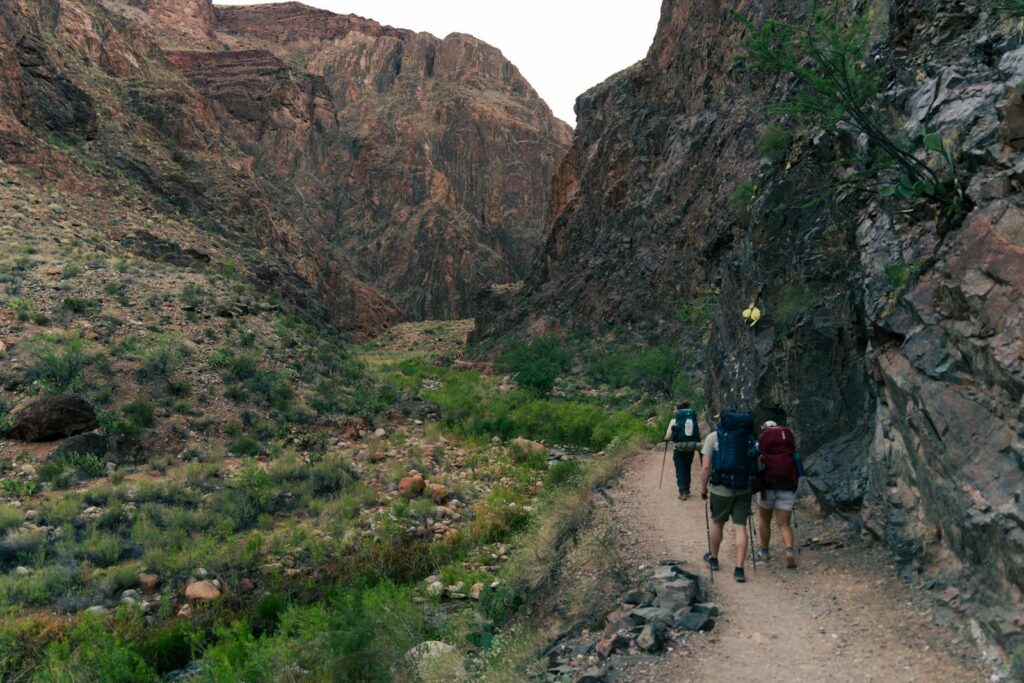
Understanding the claims process before departing can significantly improve your experience should you need to utilize your insurance during a trekking emergency. Most providers operate 24/7 emergency assistance centers that should be contacted immediately when an incident occurs – even if it means sending someone from your group to find communications access. These centers typically coordinate evacuations, provide guarantee of payment to medical facilities, and guide you through the proper documentation procedures. Documenting your emergency is crucial: obtain written statements from guides or trek leaders, keep all medical reports and receipts, and photograph injuries when possible.
Many trekking insurance claims are denied due to inadequate documentation rather than coverage limitations. For non-emergency claims like lost equipment or trip interruptions, most insurers provide online claim portals where you’ll upload supporting documentation after returning home.
Common Insurance Scams and Pitfalls to Avoid

The trekking insurance market has unfortunately attracted several scams and questionable practices that informed trekkers should recognize and avoid. Helicopter rescue fraud has become particularly problematic in Nepal, where unscrupulous operators sometimes arrange unnecessary evacuations to collect insurance payments, often in collusion with certain trekking companies or guides. To protect yourself, only purchase insurance from established providers with clear fraud prevention protocols. Be wary of extremely cheap policies that seem too good to be true, particularly those offering unlimited altitude coverage at suspiciously low prices.
Some policies appear comprehensive until you examine their benefit limits, which may be inadequate for actual evacuation costs in remote regions. Another common pitfall involves insurance sold through trekking companies themselves, which may contain hidden exclusions or restrictive provider networks that limit your options during emergencies.
Beyond Insurance: Additional Safety Preparations

While comprehensive insurance provides essential financial protection, responsible trekkers should implement multiple safety layers beyond insurance coverage. Register your trek plans with your country’s embassy or consular service in your destination country, providing your itinerary, emergency contacts, and insurance details. Consider investing in satellite communication devices like Garmin inReach or SPOT for regions with limited connectivity, enabling direct emergency message transmission from remote locations. Prepare a digital and physical dossier containing your insurance policy, passport copies, emergency contacts, and medical information to share with trekking partners and family members remaining at home.
Properly acclimatizing, trekking with reputable guides, and maintaining appropriate fitness levels not only enhance safety but also prevent potential insurance complications, as policies may exclude coverage for preventable emergencies resulting from inadequate preparation.
Expert Tips for Maximizing Your Coverage

Experienced international trekkers have developed several strategies to optimize insurance coverage while managing costs effectively. Consider purchasing a basic travel insurance policy with a “cancel for any reason” upgrade to protect your substantial pre-trek investments, then supplement with specialized trekking coverage for the active portion of your journey. Document your pre-trek health status with a physician’s statement confirming your fitness for high-altitude activities, potentially heading off later disputes about pre-existing conditions.
Photograph all valuable trekking equipment with visible serial numbers before departure to support potential loss claims. When trekking with companions, ensure everyone understands each other’s insurance details and emergency contact protocols. For those undertaking multiple treks annually, investigate annual multi-trip policies with adventure sports riders, which often provide better value than purchasing individual trip policies. Finally, consider joining mountaineering organizations that offer member insurance benefits, like the American Alpine Club or British Mountaineering Council.
Conclusion
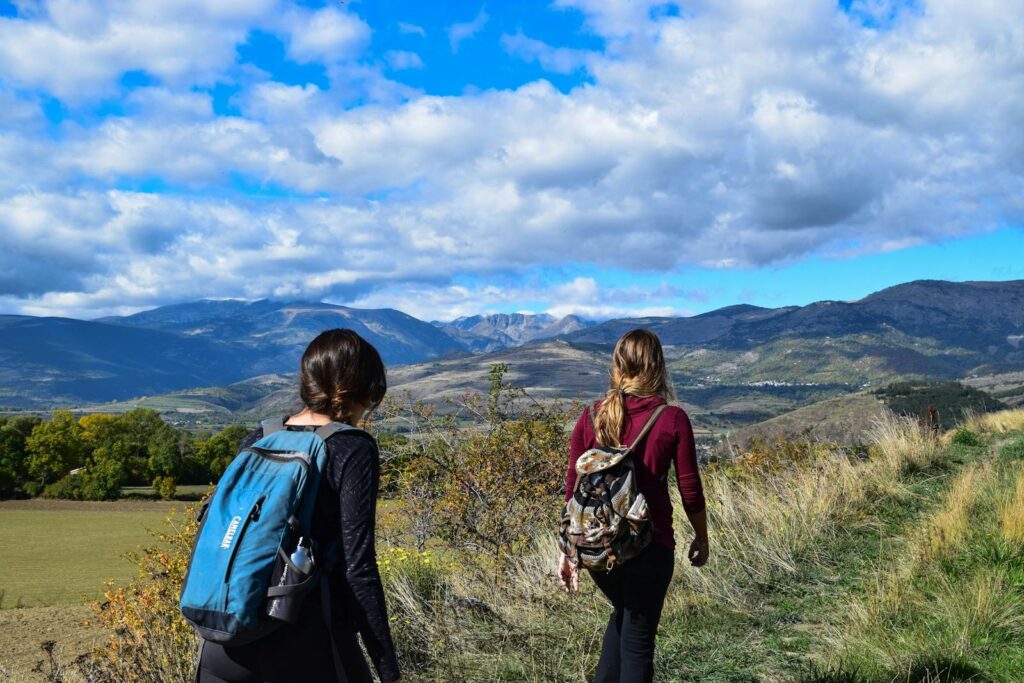
International trekking insurance represents an essential investment in your safety and financial security when venturing into remote mountain regions. While navigating the complexities of coverage options, exclusions, and regional requirements may seem daunting, the potential consequences of inadequate protection far outweigh the effort required to secure appropriate coverage. By understanding the fundamental components of quality trekking insurance, carefully assessing your expedition’s specific requirements, and selecting a reputable provider, you create a crucial safety net that allows you to pursue your adventure dreams with confidence.
Remember that the true value of comprehensive trekking insurance isn’t measured by what you spend, but by the catastrophic costs and complications it helps you avoid during vulnerable moments in the world’s most beautiful – but challenging – landscapes.

